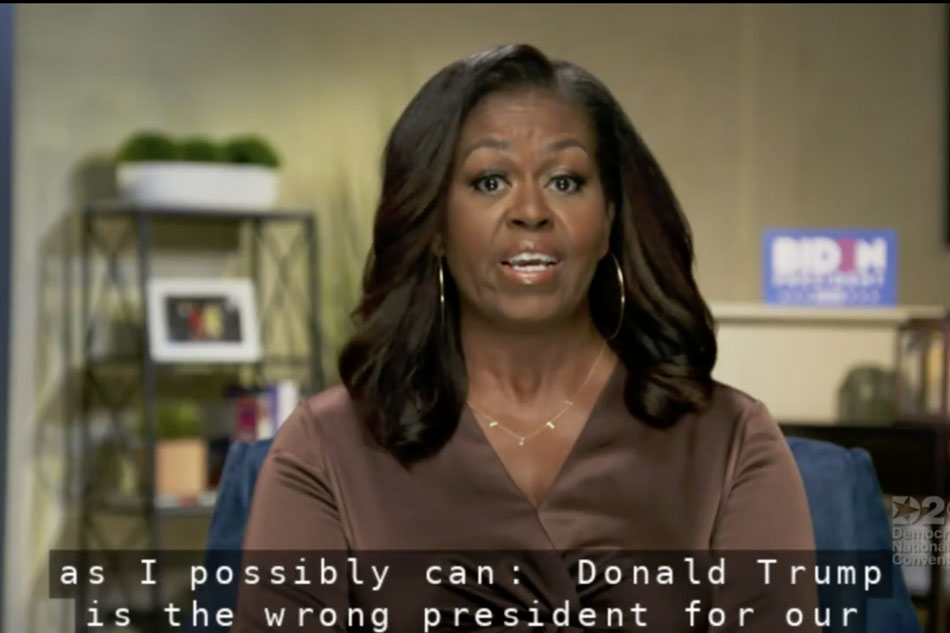

As Amazon prepares for its eagerly awaited Prime Day event, a new issue is emerging that could affect both consumers and merchants alike. At the heart of the matter is Amazon’s potential plan to show tariff-related fees on select items, a decision that has led to political criticism and raised concerns about transparency, pricing strategies, and the future of e-commerce.
In recent years, U.S. trade regulations—especially tariffs on imports from China—have notably influenced consumer prices. While some brands, such as Nintendo, have successfully kept prices stable for popular items like the Nintendo Switch 2, others have been less fortunate. Retailers such as Shein and Temu have reportedly raised prices by as much as 300% due to tariff-related expenses.
These extra charges are frequently obscured from consumers, included in the final costs without a transparent breakdown. However, images shared on social media indicate that several retailers are beginning to break down these expenses at checkout, providing insight into how tariffs are impacting pricing.
As stated in a report by PunchBowl News, Amazon has had internal conversations about the possibility of displaying tariff charges directly on product pages—mainly within its cost-friendly Amazon Haul section. This would allow shoppers to see precisely how much of a product’s price is attributed to import taxes, which could enhance transparency while also drawing attention to the implications of U.S. trade policies.
An Amazon representative informed CNBC that this initiative was never meant for the main Amazon site and has not been rolled out on any of Amazon’s platforms. The representative remarked:
“The team overseeing our ultra low-cost Amazon Haul store has contemplated listing import fees on certain products. This was never a consideration for the main Amazon site, and nothing has been actualized on any Amazon properties.”
The White House reacted quickly and critically to the report, with Press Secretary Karoline Leavitt describing the move as a “hostile and political act.” She questioned why Amazon did not take similar actions during the Biden administration, when inflation soared to a 40-year high, and urged Americans to “buy American.”
This political friction has already had financial implications. Amazon’s stock fell in premarket trading after the White House’s comments, reflecting investor apprehension regarding the potential consequences of this dispute.
Amazon Prime Day, one of the company’s major annual sales events, might also be influenced. Some sellers are reportedly contemplating skipping the event, concerned that offering substantial discounts could undermine their already slim profit margins—particularly if tariff-related expenses keep escalating.
For sellers who depend on low-cost imported products, the combination of tariffs and Prime Day deals could prove to be financially unfeasible. This could lead to fewer promotions, increased prices, or even decreased participation in the event, ultimately affecting the consumer shopping experience.
Regardless of whether Amazon decides to move ahead with displaying tariff costs, the fundamental issue persists: prices are rising, and tariffs play a role in this. For consumers, this means being more aware of price fluctuations and understanding the factors influencing them.
If Amazon does ultimately adopt tariff transparency in the future, it could set a benchmark for other retailers, potentially leading to greater awareness of how trade policies impact everyday shopping. However, it could also politicize the shopping experience, transforming product pages into battlegrounds for economic policy discussions.
As the discussion surrounding tariffs and transparency continues, Amazon finds itself at the nexus of commerce and politics. With Prime Day on the horizon and sellers considering their strategies, the retail giant must navigate a challenging landscape of consumer expectations, political examinations, and global trade issues.
For now, shoppers should remain informed, carefully compare prices, and prepare for possible changes in how product costs are communicated. Whether or not tariff disclosures become a common practice, the discourse surrounding them is likely to influence the future of online shopping.